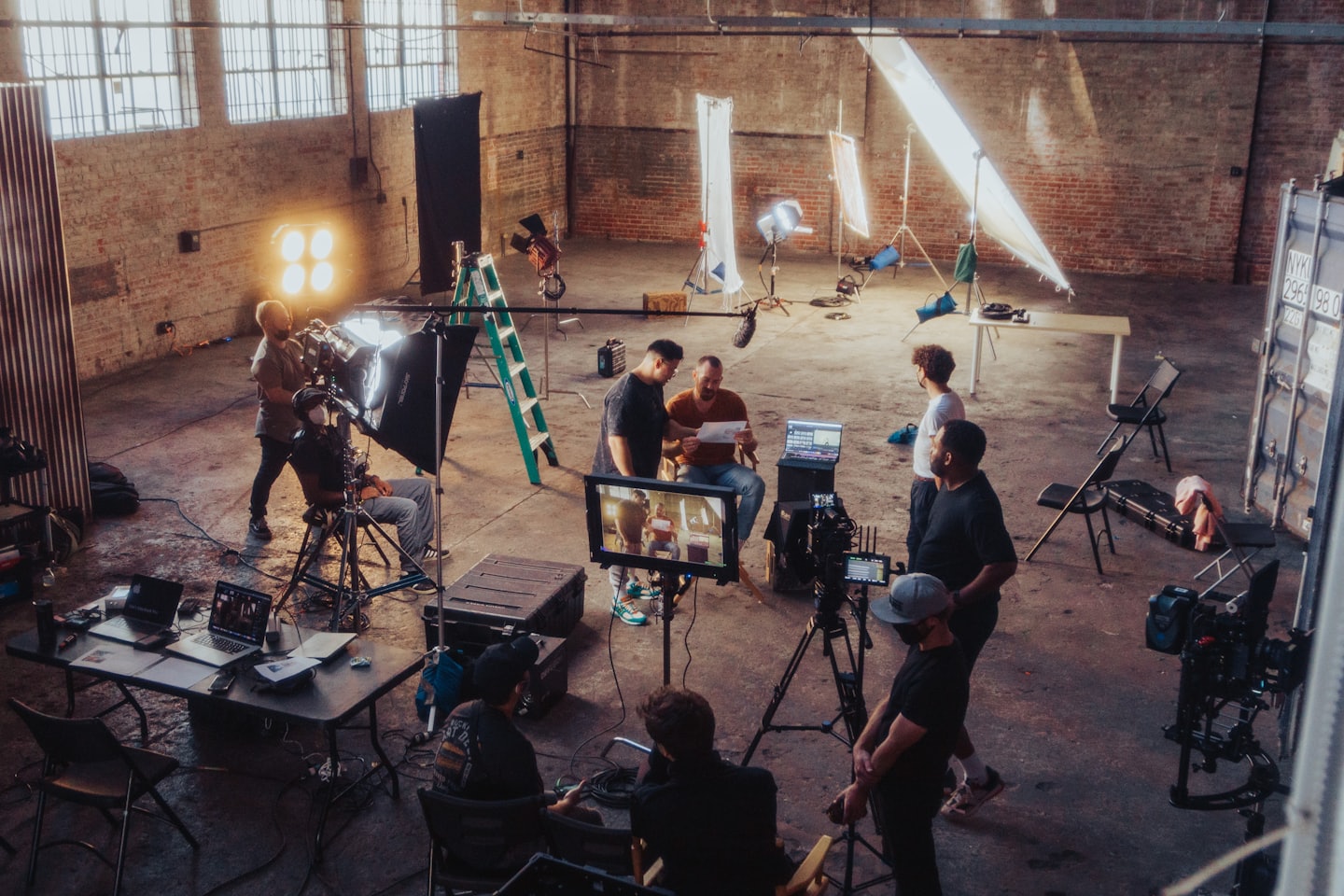The Role of High-Quality Sound in Video Success
When it comes to video creation, visuals often steal the spotlight — but it’s the sound that keeps viewers engaged. Whether you’re producing educational content, marketing videos, or tutorials, high-quality audio can make the difference between a professional, trustworthy video and one that viewers abandon after a few seconds.
Let’s explore why sound matters so much — and how you can make yours stand out.
1. Sound Shapes the Viewer’s Perception
Even the most beautiful visuals can’t compensate for poor audio. Background noise, echo, or muffled voices instantly signal a lack of professionalism.
On the other hand, clear, balanced, and crisp sound communicates quality and credibility. Viewers may forgive a slightly imperfect image, but they’ll rarely tolerate bad sound.
🎧 Think of audio as the emotional backbone of your video — it sets the tone and connects your message to your audience.
2. Audio Quality Directly Affects Engagement
Studies show that audiences are more likely to stop watching a video with poor sound than one with mediocre visuals. Audio clarity helps your audience:
- Understand the message without strain
- Stay focused for longer
- Retain information more effectively
Whether it’s a tutorial, online course, or product demo, clear sound keeps your message effortless to follow and pleasant to absorb.


3. The Psychology of Good Sound
Sound influences emotion, trust, and memory. The right tone of voice, background music, and volume balance can:
- Build emotional connection
- Reinforce your brand’s identity
- Make content feel immersive and authentic
Subtle audio cues — like gentle transitions or ambient sound effects — can enhance storytelling without distracting from the main message.
4. How to Capture Clean, Professional Audio
You don’t need a full studio to achieve professional sound, but you do need the right setup. Here are a few essentials:
- 🎤 Use a quality microphone: A lavalier or condenser mic provides clear voice capture and minimizes echo.
- 🪟 Record in a quiet space: Eliminate background noise from fans, traffic, or electronic hums.
- 🧱 Add soft materials: Curtains, rugs, or foam panels absorb sound reflections and prevent echo.
- 🎚️ Test your levels: Keep voice peaks below distortion range and ensure consistent volume throughout your recording.
5. Post-Production: Polish Your Sound
Even great raw audio benefits from editing. During post-production:
- Use noise reduction tools to remove hum or hiss
- Balance voice, music, and effects so one doesn’t overpower the other
- Apply light compression and equalization for a warm, natural tone
Free or affordable software like Audacity, DaVinci Resolve, or Adobe Audition can make a huge difference in your final sound.
6. Music and Sound Design: The Finishing Touch
Music sets the emotional rhythm of your video. Choose tracks that match your message:
- Calm, minimal tunes for educational or corporate videos
- Upbeat, energetic tracks for marketing or social media content
Sound effects — used subtly — can emphasize key moments, transitions, or product highlights.
7. The Takeaway: Good Sound = Viewer Trust
When your audience hears clean, confident audio, they instinctively perceive your brand or content as more credible and professional.
In the world of digital content, sound isn’t just support — it’s the signal of quality. By investing in better audio capture, editing, and design, you elevate every aspect of your video and keep your audience coming back for more.


Leave a Reply